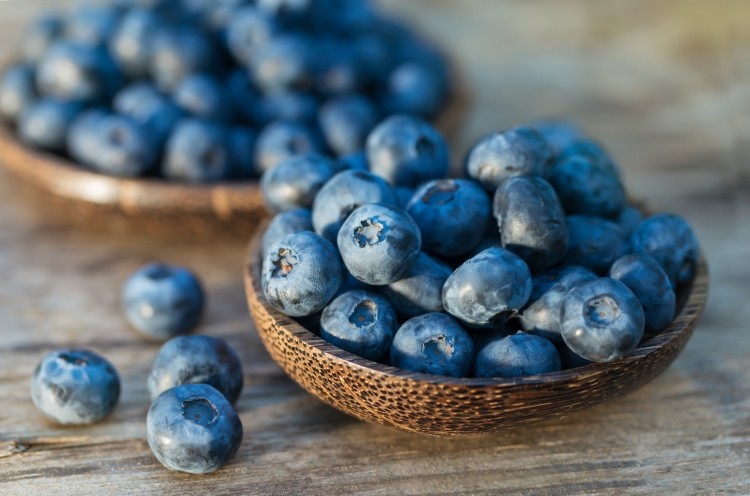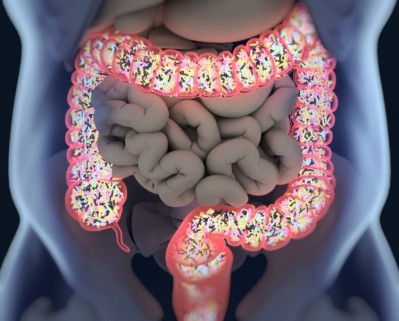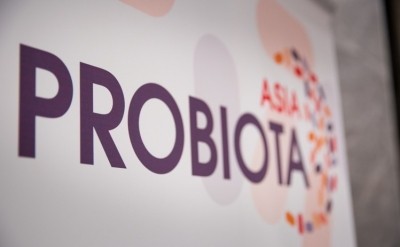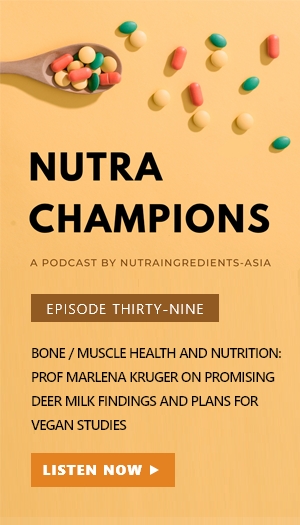Packing a punch: Blueberries could be next non-dairy food where probiotics, prebiotics 'make their mark'

Writing in Food Research International, researchers from Argentina's National University of Mar del Plata and the country's National Scientific and Technical Research Council (CONICET) explored the possibility of using fresh blueberries as an alternative, non-dairy carrier for prebiotic and probiotic compounds.
Freeze-dried Lactobacillus rhamnosus CECT 8361 was added into alginate-based coatings enriched with inulin and oligofructose and applied to fresh blueberries. The researchers then monitored probiotic viability, microbiological, physicochemical and sensory quality parameters for 21 days of refrigerated storage.
Good probiotic viability, safe microbiota counts
Findings showed probiotic viability retention held counts above 6.2 log CFU/g for the entire storage period, thanks to the “protective effect” of added prebiotic fibers. Native microbiota counts remained under safe levels and overall visual quality, odor and flavor acceptable up to day 14 of storage.
“We conclude that, probably, fresh fruits such as blueberries would be the next category of non-dairy foods where healthy probiotic bacteria and prebiotic compounds will make their mark,” the researchers wrote.
“...In this work, a microbial approach was proposed to produce multifunctional ready-to-eat blueberries. In this way, our results showed that the addition of L. rhamnosus CECT 8361 strain into an alginate-prebiotic fibers solution could be a valuable strategy to improve the quality of fresh blueberries for different reasons. For the first time, minimally processed blueberries may be suggested as a carrier of beneficial microorganisms for the preparation of a new functional food.”
The rise of non-dairy probiotics
Consumption of probiotic foods was not only increasing, the researchers said, but also increasingly swaying towards non-dairy options due to a growing interest in veganism and higher number of consumers with lactose intolerance and allergies to milk proteins.
This, they said, meant vegetables and fruits were a “promising alternative” to dairy products for probiotic fortification but, so far, little research had been done, particularly in fresh fruit.
“In the last [few] years, several products of plant origin have been suggested for the consumption of probiotic bacteria, including purees, table olives, kimchi, and fermented juices. However, the use of minimally processed fruits as carriers of beneficial microbes was restricted to a limited range of products, including probiotic-enriched fresh cut papaya, apple and pineapple.”
The goal, therefore, was to explore potential in other fruits, they said, notably fresh blueberries.
Synbiotic power and antimicrobial bonus
The researchers tested various versions of the coating against an uncoated control sample – all applied in a biosecurity cabin under laminar airflow to avoid any external contamination. Particular interest was given to the protective effect of inulin/oligofructose on L. rhamnosus viability.
The researchers said the blend of probiotic and prebiotic compounds represented a synbiotic that improved survival and implantation of the probiotic bacteria and therefore benefits in the host. Blueberries without added prebiotic fibers by the end of storage had a viable probiotic population of just 5 log cycles CFU/g versus the 6.2 log CFU/g in berries coated with a blend.
“This effect on L. rhamnosus counts in the final product represents a great advantage since berries with prebiotic fibers could be considered as the therapeutic minimum to attain health benefits,” the researchers wrote.
Finally, the researchers also looked into the antibacterial and antagonistic effects on pathogenic microorganisms E. coli and L. innocua. Results showed, L. rhamnosus CECT 8361 could indeed “enhance the safety of fresh berries”.
Source: Food Research International
Published online ahead of print as corrected proof: doi 10.1016/j.foodres.2019.01.040
Title: “Novel functional blueberries: Fructo-oligosaccharides and probiotic lactobacilli incorporated into alginate edible coatings”
Authors: MF. Bambace, MV. Alvarez and M. Moreira










